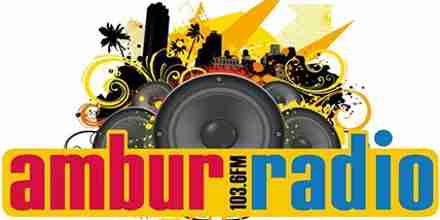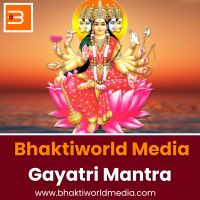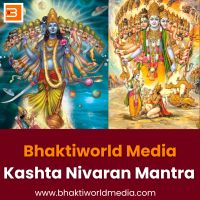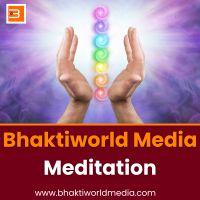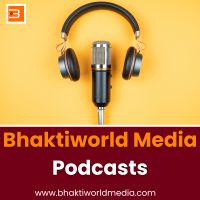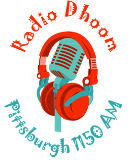Bollywood, a term derived from Bombay (now Mumbai) and Hollywood, is the informal name given to the Hindi-language film industry based in Mumbai, India. It is one of the largest centers of film production in the world, renowned not only for its cinematic output but also for its vibrant and distinctive music. Bollywood music is a rich tapestry of sounds that blend traditional Indian musical elements with contemporary Western influences, creating a unique auditory experience.
At its core, Bollywood music is deeply rooted in classical Indian traditions such as Hindustani and Carnatic music. These traditions bring intricate melodies, complex rhythms, and a vast array of instruments like the sitar, tabla, sarod, and shehnai. However, what sets Bollywood music apart is its ability to seamlessly incorporate Western musical elements, including electronic beats, synthesizers, guitars, and drums. This fusion results in a sound that is both familiar and fresh, appealing to a global audience.
The lyrics of Bollywood songs are typically in Hindi, but they often include phrases from other Indian languages like Punjabi, Urdu, and Bengali, reflecting the diverse linguistic landscape of India. The themes of these songs are as varied as the music itself, ranging from romantic ballads that capture the essence of love and longing to high-energy dance numbers that celebrate joy and exuberance. There are also soulful ghazals, which are poetic expressions of deep emotions, and lively folk tunes that pay homage to India's rich cultural heritage.
One of the defining features of Bollywood music is its integration into films. Songs in Bollywood movies are not just background music; they are integral to the narrative, often advancing the plot or revealing characters' inner thoughts. This practice has led to the creation of iconic soundtracks that have become as famous as the films themselves. For instance, the song "Chaiyya Chaiyya" from the film "Dil Se" became a global sensation, thanks in part to its innovative blend of Indian and Western musical elements.
The production of Bollywood music involves a collaborative effort between composers, lyricists, singers, and musicians. Composers like A.R. Rahman, who gained international acclaim for his work on films like "Slumdog Millionaire," are known for their ability to create melodies that resonate with audiences worldwide. Lyricists craft words that are not only poetic but also convey the emotional depth required by the film's narrative. Singers bring these compositions to life, often becoming celebrities in their own right.
In recent years, Bollywood music has evolved to include a wide range of sub-genres and styles. Hip-hop, EDM (Electronic Dance Music), and reggae influences have been incorporated into traditional Bollywood beats, creating a dynamic and ever-changing soundscape. This evolution reflects the industry's adaptability and its ability to stay relevant in an increasingly globalized world.
The impact of Bollywood music extends beyond India's borders. It has influenced musicians and audiences around the globe, contributing to the rise of fusion genres like Indo-pop and Bharatanatyam-infused dance performances. The popularity of Bollywood films on streaming platforms has further amplified this influence, making Bollywood music accessible to a broader audience.
In conclusion, Bollywood music is a vibrant and dynamic genre that combines traditional Indian musical elements with contemporary Western influences. Its rich tapestry of sounds, diverse themes, and seamless integration into films make it a unique and captivating auditory experience. Whether through romantic ballads, high-energy dance numbers, or soulful ghazals, Bollywood music continues to enchant listeners worldwide, reflecting the cultural richness and artistic innovation of India.
 2.4k
2.4k
 5
United Kingdom, London Bollywood
5
United Kingdom, London Bollywood 1.8k
India Bollywood 128 kbps MP3
1.8k
India Bollywood 128 kbps MP3 BollyHits RadioBollyHits Radio
BollyHits RadioBollyHits Radio 1.4k
1.4k
 5
India, Mumbai Bollywood
5
India, Mumbai Bollywood


